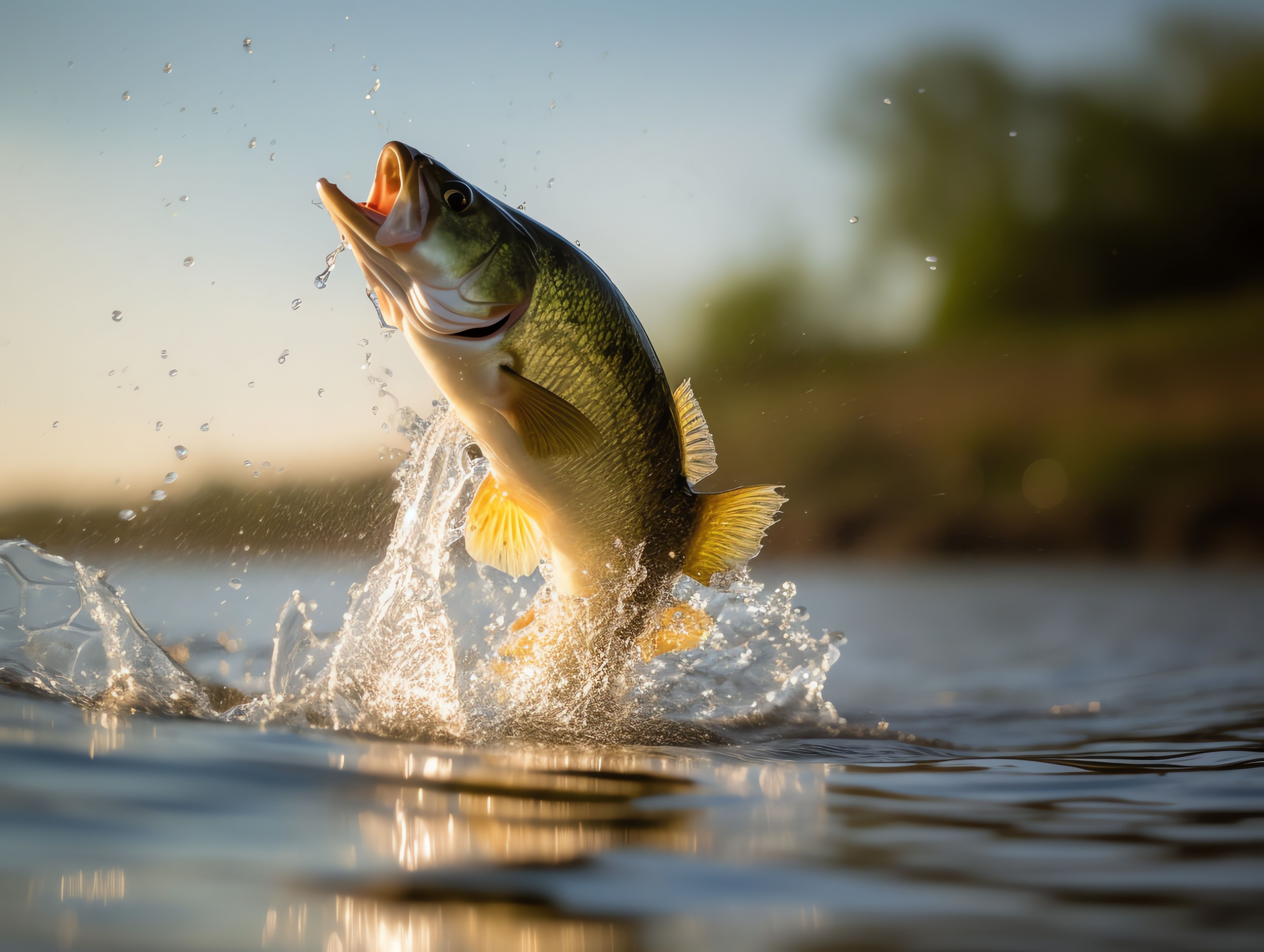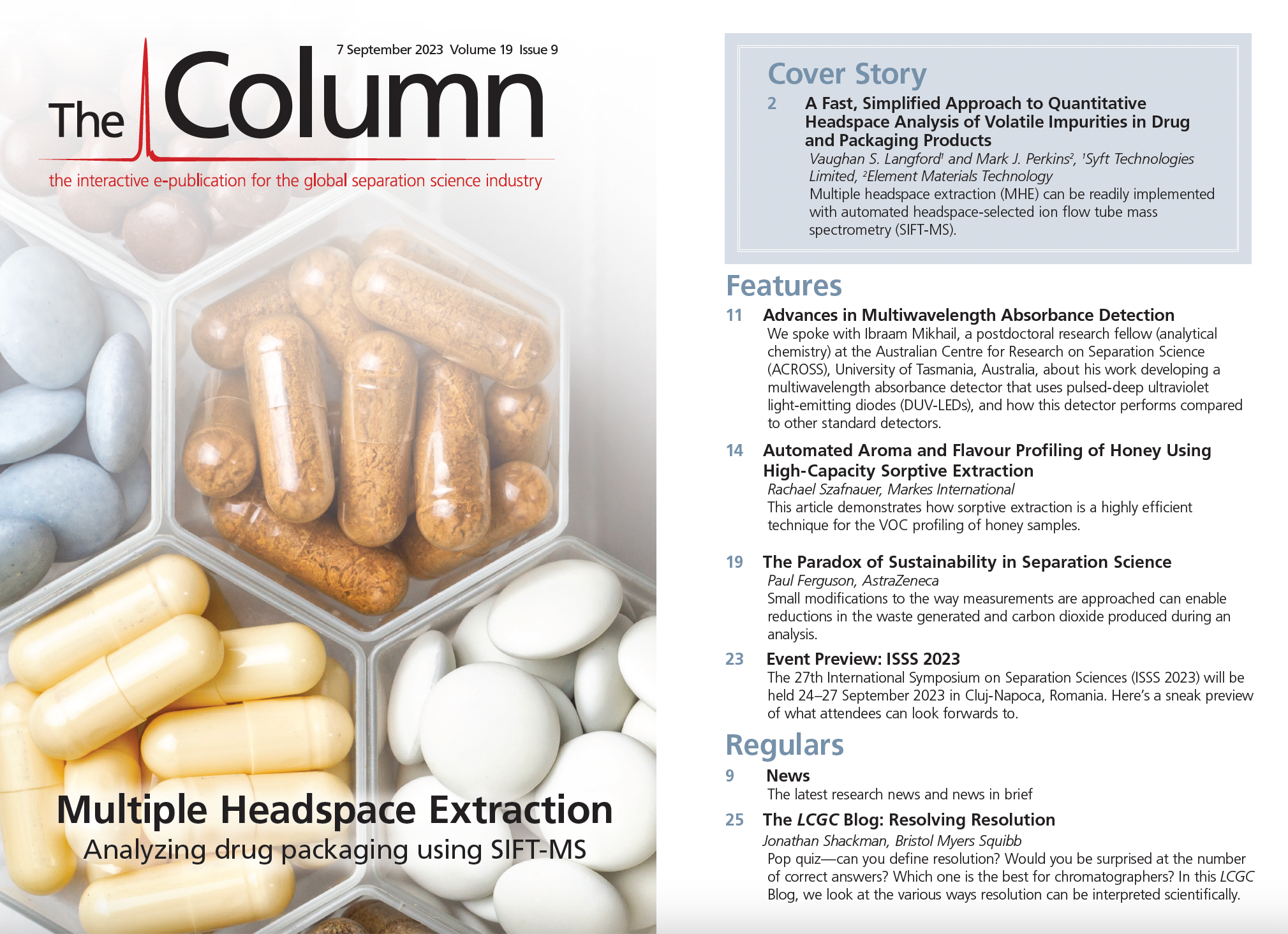Magnetic Nanoparticles Used for PAH Detection in Water & Fish Samples
A new method of extracting and analyzing polycyclic aromatic hydrocarbons (PAHs) from water and fish samples has been created.
In a recent study published in the Journal of Chromatography A, researchers from the Institute of Agricultural Quality Standards and Testing Technology Research presented a method capable of extracting and analyzing polycyclic aromatic hydrocarbons (PAHs) from water and fish samples (1). The technique introduces naphthalene-modified magnetic nanoparticles (Fe3O4@Nap) that improve the precision, sensitivity, and simplicity of the extraction process (1).
Fishing trophy - big freshwater perch in water on green background. | Image Credit: © Medard - stock.adobe.com

For this study, a new one-step surface modification protocol was deployed. Naphthalene-6-phosphate was directly immobilized onto the Fe3O4 nanoparticles, harnessing the specific chelation interaction between phosphate groups and metal ions on the Fe3O4 surface. The authors used this approach to yield nanoparticles with hydrophobicity and π-π conjugative effects. As a result, the nanoparticles were highly effective in capturing PAHs.
Under optimized conditions, the Fe3O4@Nap-based MSPE/gas chromatography–tandem mass spectrometry (MSPE/GC–MS/MS) method displayed linearity, precision, and accuracy for both water and fish samples. It was also an inexpensive alternative to traditional solid-phase extraction (SPE) materials because of the cost of the raw materials for the Fe3O4@Nap nanoparticles (1). This new method allows for large-scale production, making it more applicable to an industry setting.
Compared to other reported techniques, this approach also reduced the time required for sample preparation, making it an attractive option for PAH detection in environmental water and fish samples (1). The method offers an alternative solution that can help scientists and government agencies safeguard the environment and improve public health.
Reference
(1) Peng, X.; Liu, L.; Hu, X.; et al. Facile Fabrication of Naphthalene-Functionalized Magnetic Nanoparticles for Efficient Extraction of Polycyclic Aromatic Hydrocarbons from Environmental Water and Fish Samples. J. Chromatogr. A 2023, 1706, 464229. DOI: 10.1016/j.chroma.2023.464229

Characterizing Plant Polysaccharides Using Size-Exclusion Chromatography
April 4th 2025With green chemistry becoming more standardized, Leena Pitkänen of Aalto University analyzed how useful size-exclusion chromatography (SEC) and asymmetric flow field-flow fractionation (AF4) could be in characterizing plant polysaccharides.
Analytical Challenges in Measuring Migration from Food Contact Materials
November 2nd 2015Food contact materials contain low molecular weight additives and processing aids which can migrate into foods leading to trace levels of contamination. Food safety is ensured through regulations, comprising compositional controls and migration limits, which present a significant analytical challenge to the food industry to ensure compliance and demonstrate due diligence. Of the various analytical approaches, LC-MS/MS has proved to be an essential tool in monitoring migration of target compounds into foods, and more sophisticated approaches such as LC-high resolution MS (Orbitrap) are being increasingly used for untargeted analysis to monitor non-intentionally added substances. This podcast will provide an overview to this area, illustrated with various applications showing current approaches being employed.
Advances in Non-Targeted Analysis for PFAS in Environmental Matrices
March 27th 2025David Megson from Manchester Metropolitan University in Manchester, UK, spoke to LCGC International about the latest developments in non-targeted analysis (NTA) of per- and polyfluoroalkyl substances (PFAS) in environmental matrices based on a recent systematic review paper he has collaboratively published (1).














